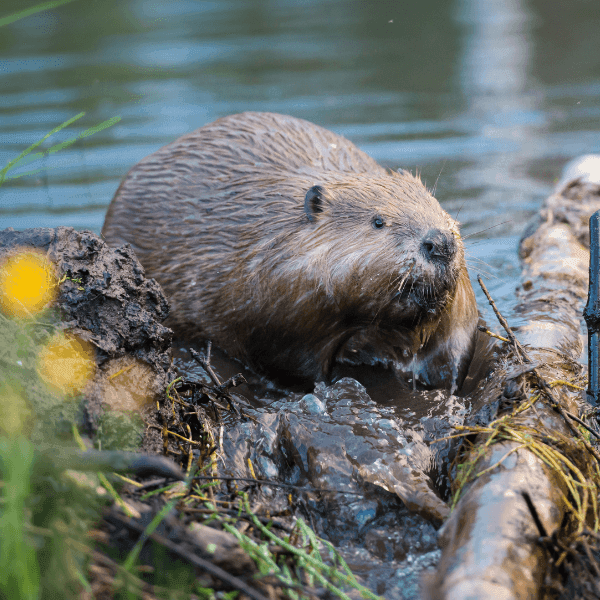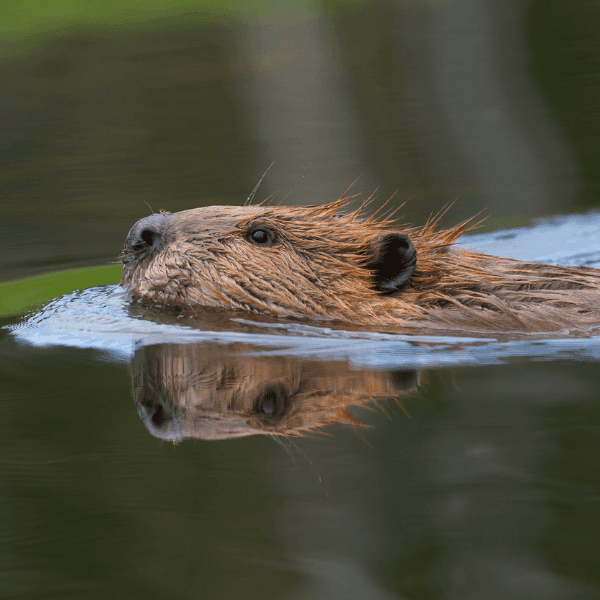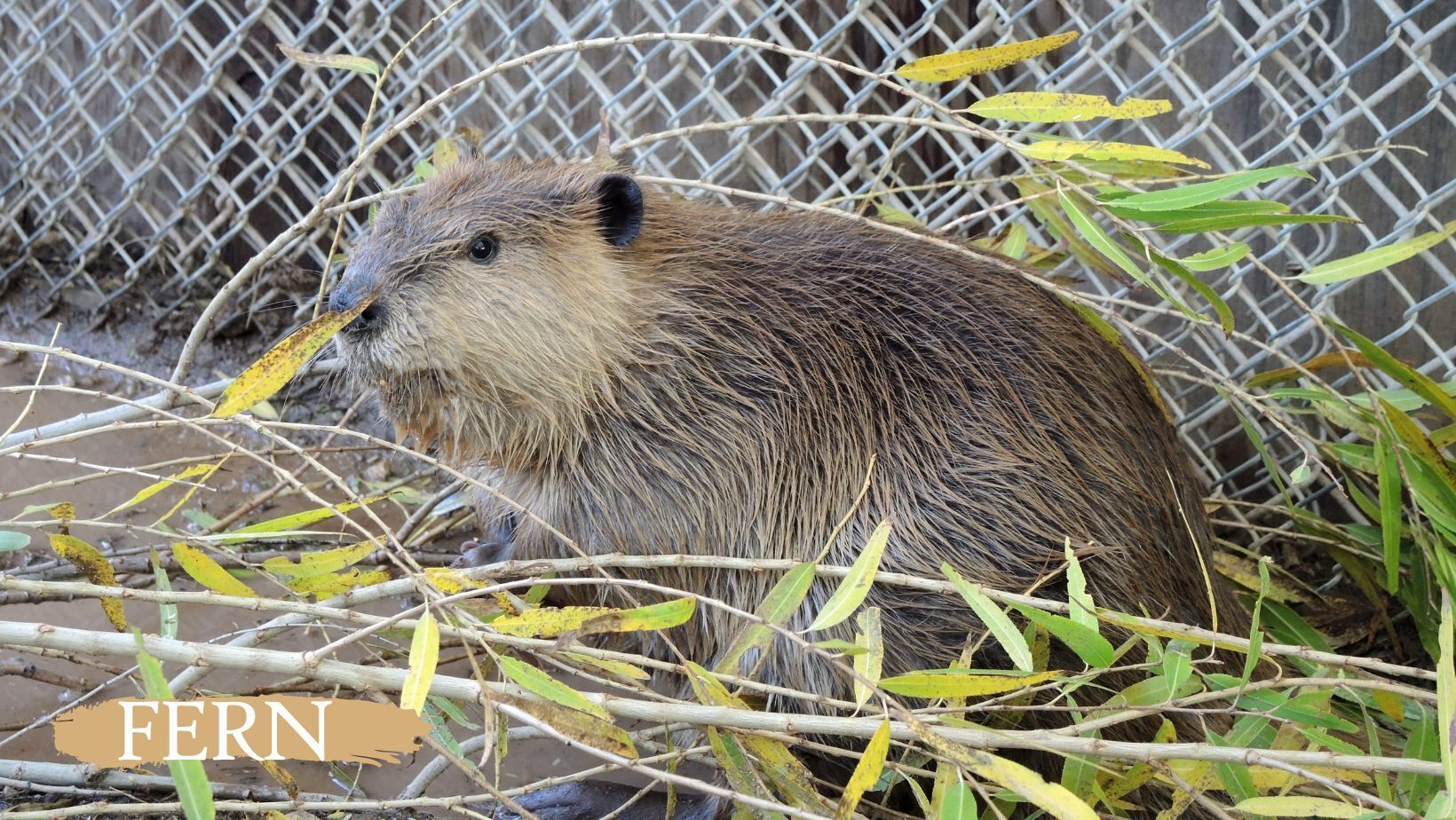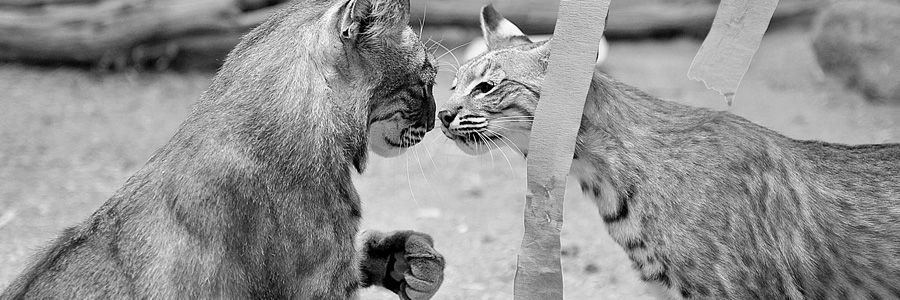BEAVER

Castor canadensis
- Habitat: Ponds, lakes, rivers, marshes, streams and adjacent wetland areas.
- Status: Least concern
- Population Trend: Stable
- Diet: Bark and cambium (the softer growing tissue under the bark of trees). Their favorites include willow, maple, poplar, beech, birch, alder, and aspen trees. They also eat water vegetation, as well as buds, and roots
- Weight: 25 - 70 lbs.
- Size: 1' - 1.5' tall, 2.5' - 3' long
- Lifespan: 10 - 12 years in the wild; up to 20 in human care
- Interesting Facts:
- Cellulose, which usually cannot be digested by mammals, is a major component of the American Beaver
- Beavers are one of the few animals that modify their habitat; they build watertight dams of sticks woven with reeds, branches and saplings, which are caulked with mud.
- The American beaver lives in marshy areas which slow down water streams in case of a flood. The beaver hinders soil erosion and promotes water level rise. Sludge occurs upstream of the dikes thus putting toxins out of action. Ponds start to grow from water, supported by dams, after which lilies appear. And then, when the lodges are left by beavers, eventually the dams start decaying, giving way to meadows.

THE SOUTHWEST WILDLIFE BEAVERS



